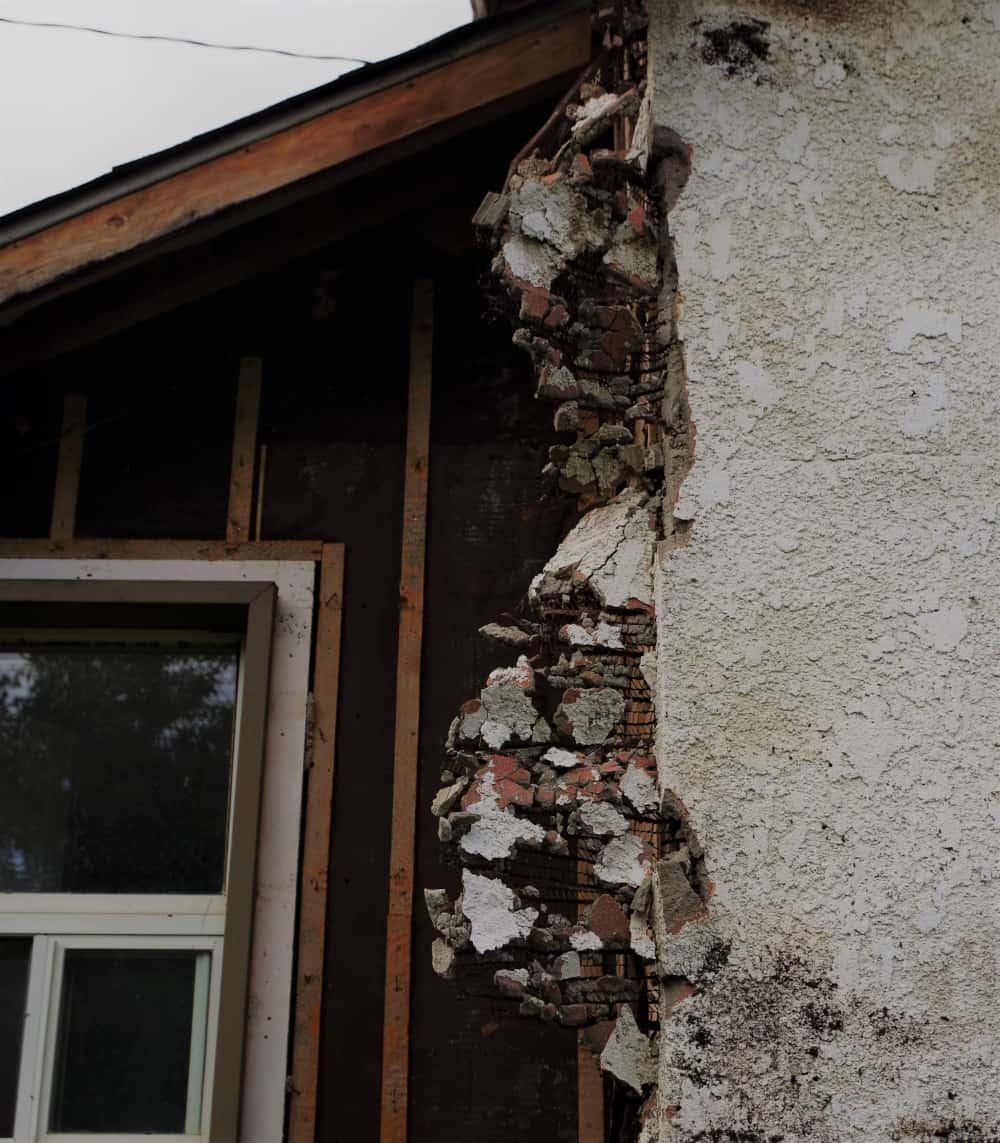The Difference Between Friable and Non-Friable Asbestos
Asbestos is a common word and a dangerous substance. It mainly refers to a family of naturally occurring fibrous minerals known for their durability, resistance to fire and extreme heat, and chemical inertness.
The problem with asbestos is that it’s not just one material but several different ones found in many locations around the world. It is mined in some countries, and it’s also found in soils in other countries.
Two different types of asbestos are commonly found in buildings. These are known as friable asbestos and non-friable asbestos.
Let’s start reading to get an insight into the difference between these two types of asbestos.
Friable asbestos products: what are they?
Friable asbestos products can be easily crumbled, chipped, rubbed, or pulverized into powder form. They include both natural and artificial fibers.
Friable asbestos products are often used in construction projects, including roofing tiles and cement sheets.
This is a very soft type of asbestos; its tiny particles have low concentrations of fibers and can be inhaled by people with healthy lungs. When inhaled, these particles irritate the upper respiratory tract and may cause scarring or inflammation in the lung’s lining. So, before using products that contain Friable asbestos, you should consult asbestos removal services to protect yourself.

Objects having friable asbestos
Friable products include:
Mortar insulation
Heat-resistant fabrics
Wallboard and paneling
Decorative ceiling
Gaskets, grommets, and seals
Carper backing
Shattered asbestos cement products
Non-friable asbestos products: what are they?
Non-friable asbestos products include insulation materials such as thermal insulation boards.
Thermal insulation boards have high levels of crystalline silica fibers, which protect against heat loss through walls, ceilings, and floors of buildings in cold climates where heat is lost through windows or doors.
It also has lower concentrations of fibers than friable asbestos. This means that inhaling non-friable asbestos will not cause any damage to the body’s respiratory system or lung linings, though it may still irritate them if they come into contact with it.
Objects having non-friable asbestos
Vinyl sheet carpeting
Attic Insulation
Cement pipe
Wallboard
Roofing shingles
Floor tiles
How can we differentiate between non-friable or friable asbestos?
Friable asbestos fibers can become airborne and deposit on surfaces where they are present. Exposure to these fibers can cause health problems, including asbestosis and mesothelioma.
Non-friable asbestos is not considered dangerous for most people to inhale or touch.
The easiest way to identify whether an item contains friable or non-friable asbestos is by looking at its label or packaging. If there is any question about an item containing asbestos, do not use it!
You should contact your local health department for further instructions on how to dispose of them and query about asbestos removal safely.
The main difference between friable and non-friable asbestos is how they can be broken down into fine particles.
Friable asbestos is easy to break, while non-friable asbestos is more difficult to break down because it has a larger crystal structure.
Wrapping Up
Unfortunately, it’s not always easy to tell whether a given material contains friable or non-friable asbestos because some forms of non-friable asbestos look similar to other types of material that contain more dangerous forms of asbestos, such as brownish fibers (which may contain tremolite) or white fibers (which may contain crocidolite).